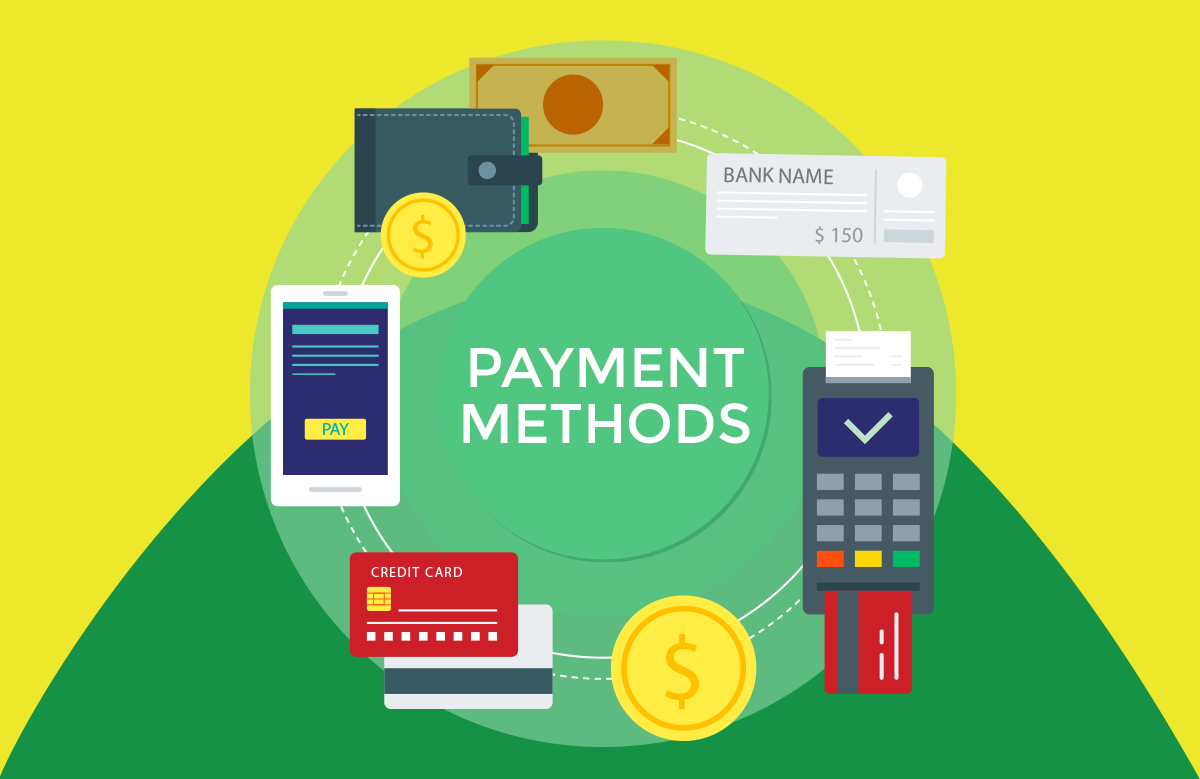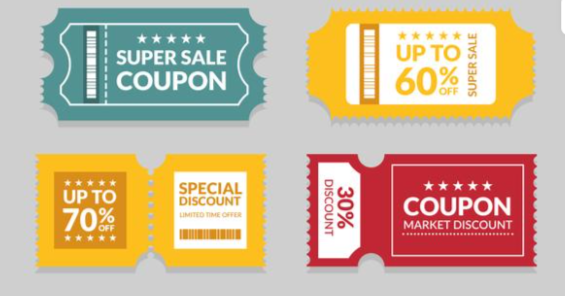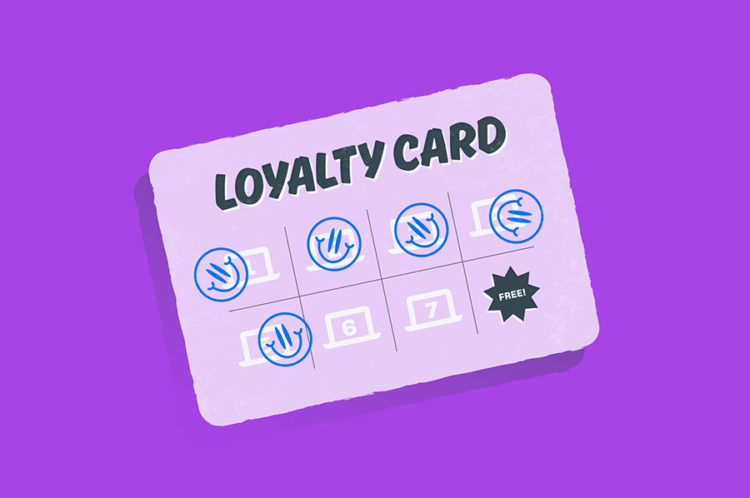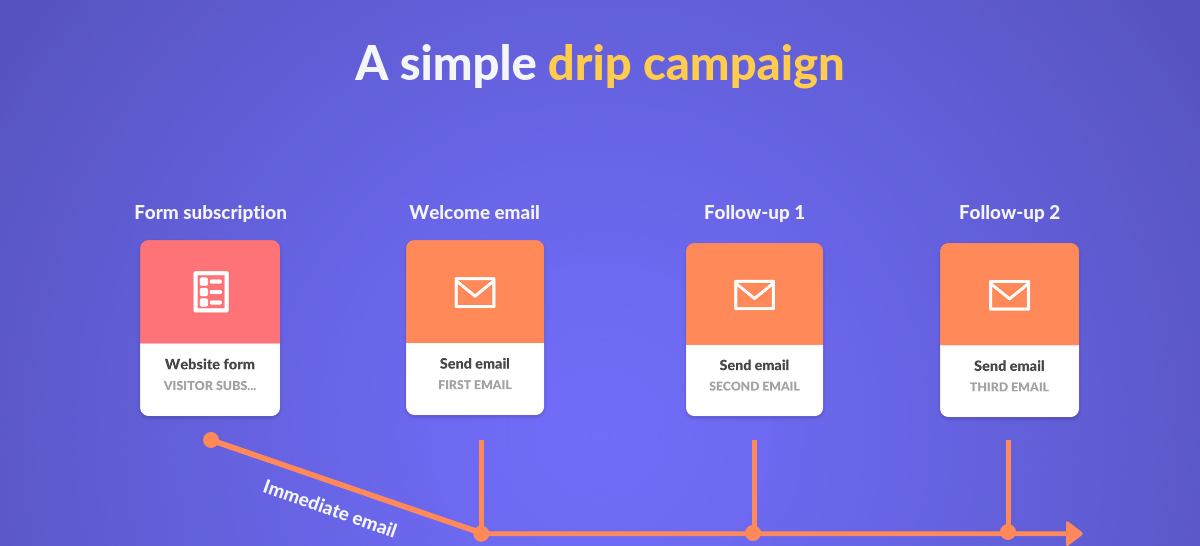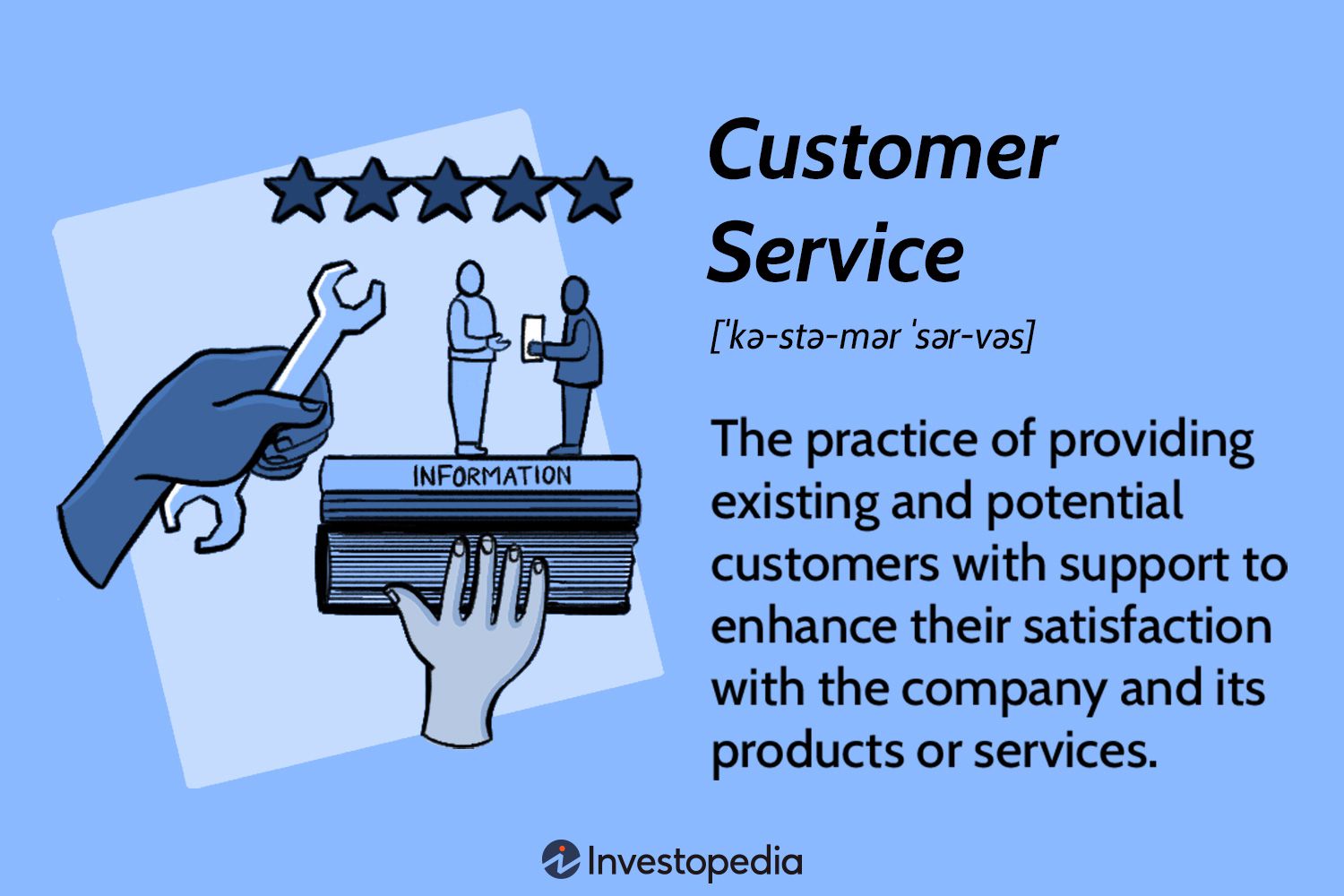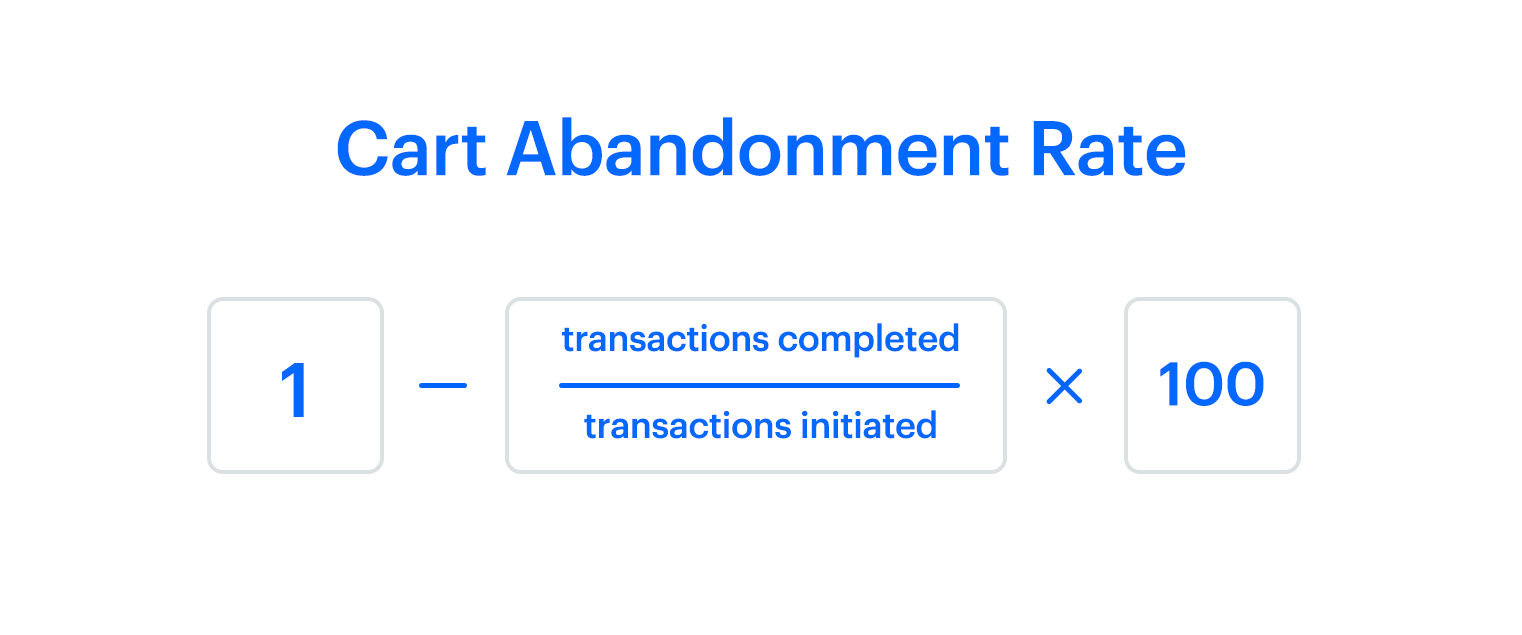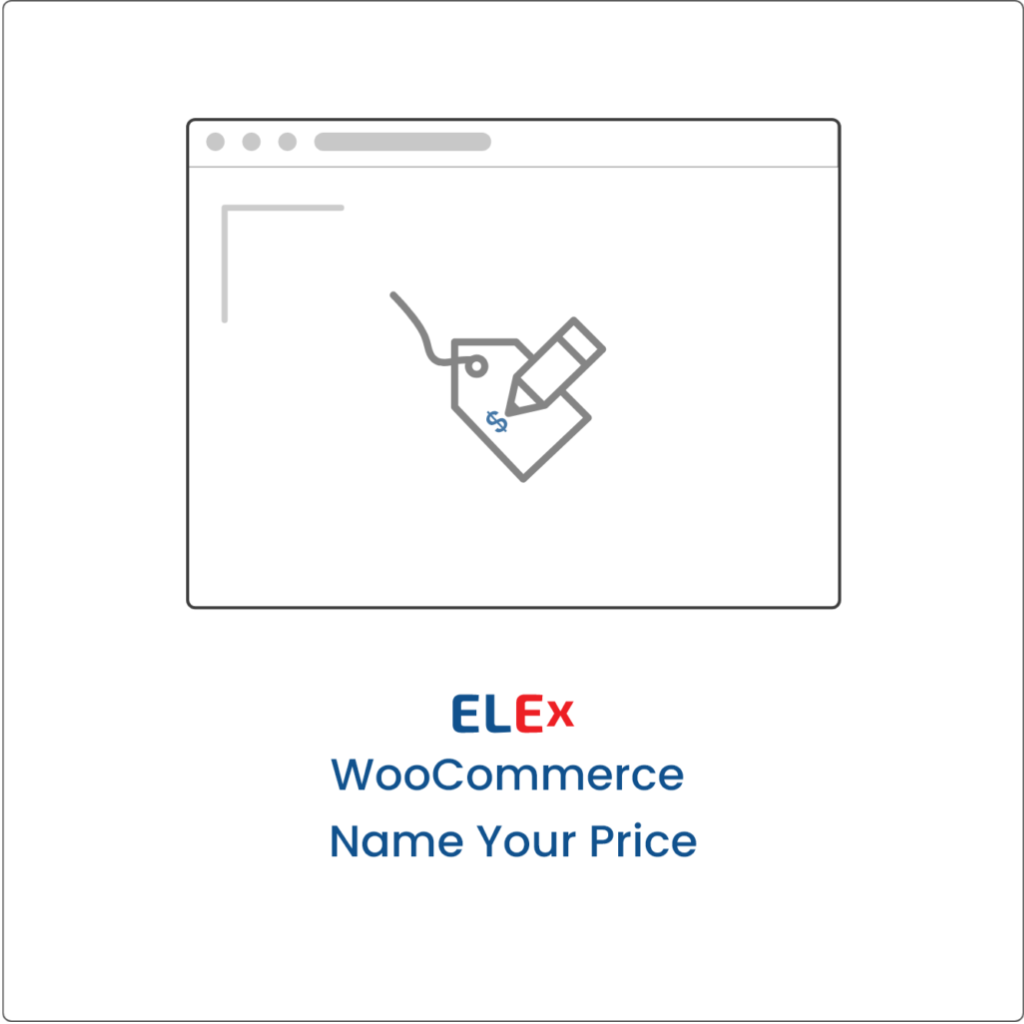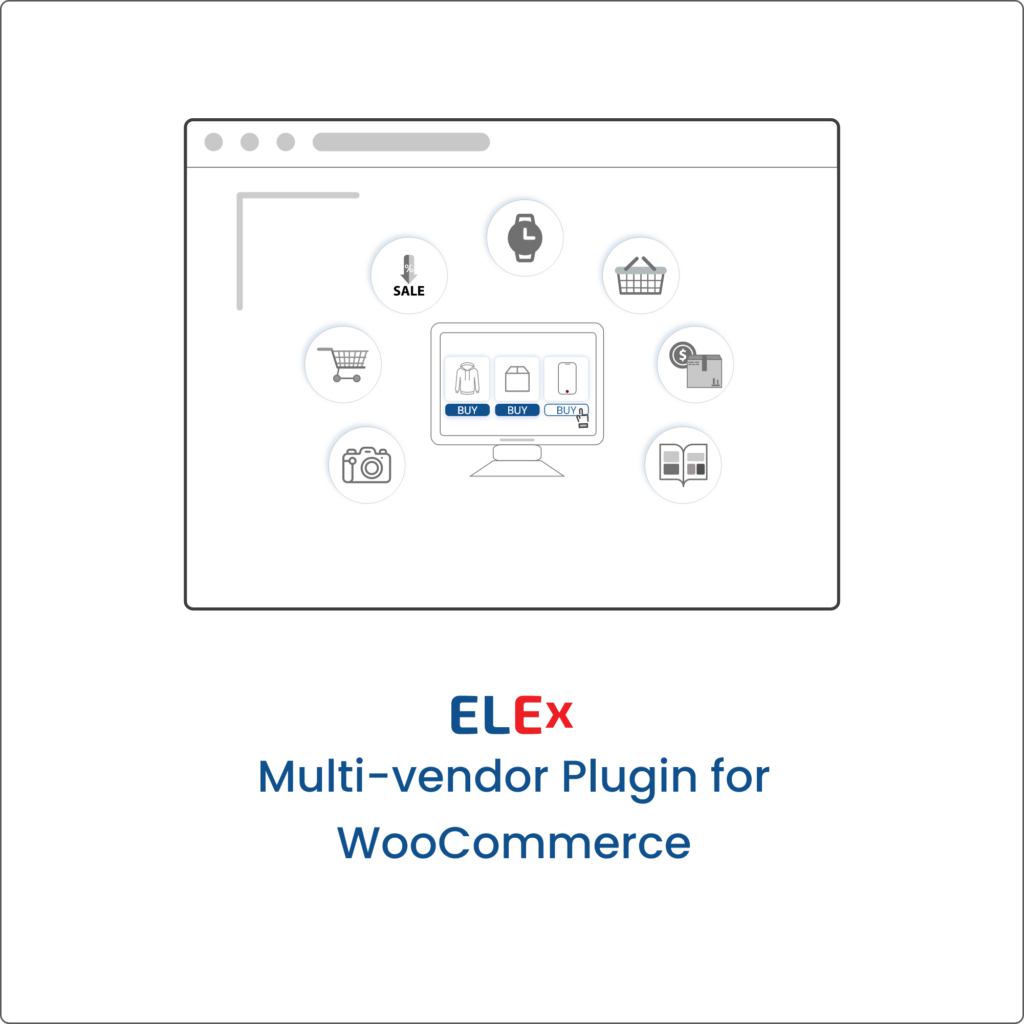You’ve probably heard this before, but recovering abandoned carts is one of the easiest ways to increase your sales. In fact, according to a study by Baymard Institute, the average recovery rate for abandoned carts is 69.23%.
What that means for you is that there’s a good chance that if you put a little effort into abandoned cart recovery, you can see a significant increase in your sales. That’s where we come in. In this article, we’ll give you some tips and tricks to help you recover more abandoned carts and reduce lost sales.
Understanding Abandoned Carts
Abandoned cart recovery is the process of locating and enticing customers who have left items in their shopping carts, but didn’t complete the purchase.
It’s an important part of any eCommerce business, as it can be a major source of lost sales. In fact, statistics show that about 68% of shopping carts are abandoned and that businesses could recover up to 10% of their sales revenue if they were to effectively address this issue.
There are a few things you can do to encourage customers to complete their purchases. First, you need to understand why they might be abandoning their carts in the first place.
Strategies for Recovering Abandoned Carts
When someone leaves items in their shopping cart, it’s typically because they’ve put in the hard work of researching what they need and adding those items to their cart, so they’re close to making a purchase.
That’s why it’s so important to have a strategy in place for recovering abandoned carts. Here are a few tactics that have proven successful for most:
Offer a variety of payment choices
People who have abandoned their carts might not be persuaded to continue the purchase by a single payment option. In fact, if they can’t find their preferred payment option on the checkout page, 9% of consumers will abandon their basket.
By providing a variety of payment choices, including credit cards, PayPal, Stripe, COD, and other online payment platforms, you may address this issue. Customers are able to select the payment option that is most convenient for them thanks to this.
You may also give a succinct explanation of what will occur if they choose a specific payment option and why they need to pick it above all the others.
Offer discounts/coupons
Offering a promo code on the checkout page is another great strategy to drive repeat business and foster customer loyalty because the cost is the main reason why people abandon their carts.
In addition to increasing recurring business, which may rise if consumers know they will receive a discount, this will assist in recovering abandoned carts.
When buyers believe they are receiving a good price, it is a must have. On the contrary, you can utilize it once or twice for new clients, but if you do it frequently, they are likely to lose their appeal and your money.
Use coupons and discounts sensibly. Additionally, you may provide them based on payment methods and supply the language that appears next to the option of payment, as was mentioned in the previous strategy.
Build customer loyalty
Building loyalty and encouraging repeat business are easy with reward programs. As an incentive for checking out your brand, you may, for instance, provide a discount to customers who have previously made purchases from your website or offer free delivery on a customer’s first sale.
Leveraging brand loyalty is one approach to get clients to return to your website and persuade them to finish their transactions.
Shipping prices are the main deterrent for new customers from placing an order, thus when you provide free shipping or a discount, your user will come back and do so.
Utilize exit-intent popups
Exit intent pop-ups are an effective abandoned cart recovery tactic. They are most persuasive to customers who have already made up their minds about wanting a product but haven’t bought it yet. When a user clicks while moving their pointer toward the top of their screen, the exit intent is activated.
The majority of consumers know precisely what they want to buy, but they aren’t always sure if it’s the best choice. Research claims that exit-intent popups may boost a B2C store’s conversion rate by as much as 20% if you can draw their attention with a tempting offer at the appropriate time.
Make the customer’s experience smooth (UI/UX)
Making your consumers’ buying experiences simple is crucial. They should receive all the details they require about a product and its features. Images, a price range, a list of available sizes, and thorough descriptions might all be included.
Don’t add extra stages to the checkout process; keep it easy for users. Make it simple for users to amend their orders and provide them with a visible view of the number of steps required to finish the checkout process.
People become less confident in your goods or service if your website is slow or has a confusing interface. 75% of customers base their judgment of a company’s trust on the appearance of its website, per Stanford University research on web credibility.
Well written recovery email
Your users are reminded that they left something behind when you send them cart abandonment emails. Broadly speaking, well-written cart abandonment emails that are personalized to your audience can increase your income and assist in recovering abandoned carts.
Personalized follow-up emails outperformed generic re-engagement strategies by 17.6%, according to Salesforce.
Utilize a drip campaign
When it comes to recovering an abandoned cart, timing is crucial. A drip campaign is a series of emails delivered to clients to encourage them to buy.
When the recipient of the initial email does not respond, more emails are required. Observe the following advice:
- Within an hour of the consumer leaving their cart, send the first abandoned cart email.
- Enquire whether there were any issues with the order in the second email that was sent roughly 24 hours after the cart was abandoned.
- Send the last email two to seven days after the cart is abandoned with an incentive if necessary.
Provide customer support
A survey indicated that roughly 95% of customers agreed that establishing brand loyalty depends on providing good customer service. 60 percent of people claimed to have left one website and gone to a competitor as a result of subpar service.
Customers will be more reluctant to buy if they are uncertain about the goods or have inquiries. Customers who contact a business through social media or the email may not receive a response for many days. Cart abandonment will probably result from this.
However, a chatbot may fix this issue by providing rapid assistance through interactions between the client and the company in real-time.
These are just a few ideas to get you started. The most important thing is to be creative and personalize your approach for each individual shopper.
Different Automated Recovery Approaches
Keeping track of abandoned carts is one thing, but what’s the best way to actually recover them? Well, there are a few different approaches you can take to ensure maximum success.
The first approach is time-based recovery. This involves sending out an automated email (such as a reminder) within a certain period of time after a customer has abandoned their cart. This is the most straightforward approach and can be extremely effective if done correctly.
The second technique is behavior-based recovery. This entails tracking customer steps prior to abandoning their cart and then sending out automated emails based on that behavior. For example, if you know how long it took for them to abandon their cart, you could send out an email at that exact same point in the checkout process for future customers in order to reduce abandoned carts.
Finally, you can use data-driven recovery methods that leverage your store’s data to identify patterns in customer behavior and tailor your messages accordingly. You can also use this data to segregate customers into different groups so that you can send more personalized messages to each group. By doing this, you’ll be able to increase the likelihood of recovering lost sales.
Optimizing Your Follow Up Processes
Once you’ve identified your abandoned carts, it’s time to design your follow up strategy. Here are a few tips to consider:
- Use automated emails to follow up with customers who have abandoned their carts. This allows you to reach out quickly and easily, without any manual work.
- Segment your emails based on different factors such as the time since the customer abandoned the cart or items left in the cart, so you can tailor your message accordingly.
- Offer incentives such as discounts or free shipping to encourage customers to complete their purchases.
- Personalize the emails with relevant product recommendations or offers that can entice customers to come back and purchase.
- Don’t forget to target customers through social media and display ads, which can help remind customers of products they previously showed an interest in.
- Utilize analytics and A/B testing tools to optimize your abandoned cart recovery process over time.
Measuring Effectiveness of Cart Recovery Strategies
Measuring the effectiveness of cart recovery emails and campaigns is key to identifying what’s working and what needs improvement in your abandoned cart recovery efforts.
To do this, track your conversion rate for different types of abandoned cart emails. Take a look at the open and click-through rates on each email, as well as how many customers are returning to purchase after receiving the email. Compare these metrics to other emails within your campaign, to determine which emails are resonating more with customers.
You can also measure the effectiveness of your other recovery strategies, such as discounting or offering free shipping. By comparing performance before and after implementing the new strategy, you’ll be able to determine whether it’s having a positive or negative effect on recovery rates and sales.
Measuring effectiveness will also help you decide which strategies should be prioritized over others in order to maximize customer engagement and minimize lost sales due to abandoned carts.
How to Calculate the Shopping Cart Abandonment Rate?
Have you ever wondered how to calculate the shopping cart abandonment rate? It’s actually pretty simple. First, you need to measure the number of potential customers who have abandoned their shopping carts. For example, if 200 people abandoned their shopping carts, that first number is your total number of potential customers.
Then, you’ll need to measure the number of successful purchases that were made. For example, if 100 people completed their checkout process and actually purchased something from your store, that second number is your total amount of successful purchases.
Finally, you’ll divide your first number (abandoned carts) by the second number (successful purchases), then subtract 1 and multiply it by 100. This formula will give you an overall percentage of how many customers have successfully bought vs those who have left without purchasing anything.
Marketing Techniques to Combat Cart Abandonment
If you’re not sure where to start when it comes to abandoned cart recovery, there are a few marketing techniques that can help. For example, one strategy often used is retargeting—this is when you use ads to display products that someone has looked at on your website.
In addition to retargeting, you can also use email automation to send customers targeted messages. This means that you can set up emails that are triggered when someone adds a product to their cart but then doesn’t complete their purchase. This can be an effective way of reminding customers about items they’ve left in their cart and encouraging them to go back and finish the purchase.
You could also include incentives in your abandoned cart emails, such as discounts or free shipping as discussed before. These are great strategies for encouraging shoppers to come back and make a purchase.
Conclusion
In conclusion, these are some important tips and tricks for abandoned cart recovery. By following these guidelines, you can greatly improve your chances of recovering lost sales and increasing your bottom line.
However, it’s important to remember that these tips are not guaranteed to work for every business. Every business is different, so you may need to experiment a bit to find the best solution for you.
If you wish to automate this whole process and not worry about the technicals, check out our ELEX WooCommerce Abandoned Cart Recovery with Dynamic Coupons plugin. This plugin is perfect for the task at hand as well as provides a free version to try out.
Hope, this article has helped you with your abandoned cart trouble!


